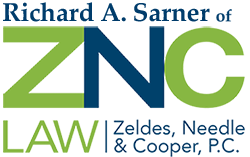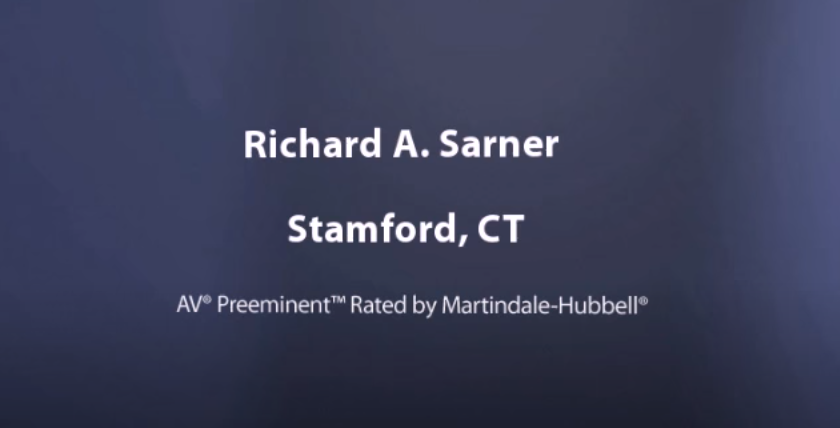Protecting assets against loss has become a common goal of estate planning. Asset protection trusts come in many different forms and can be used to protect property for the use and benefit of clients as well as their families and other beneficiaries. In this issue you will learn how clients can easily integrate asset protection trusts into their estate plans.
What Is an Asset Protection Trust?
An asset protection trust is a special type of irrevocable trust in which the trust funds are held and invested by the Trustee and are only distributed on a discretionary basis. The purpose of an asset protection trust is to keep the trust assets secure for the beneficiaries instead of being exposed to loss to the beneficiary’s creditors, in a divorce, or to predators.
Asset protection trusts come in two forms: third party trusts and self-settled trusts. A third party trust is set up by one party for the benefit of another, while a self-settled trust is set up by one party for their own benefit.
Third Party Asset Protection Trusts Provide Inheritance Protection
Leaving an inheritance outright to a child or grandchild without any strings attached is risky in this day and age of high divorce rates, lawsuits, and bankruptcies. There is also the very real risk that an outright inheritance will be frittered away or end up in the hands of a spouse instead of in the hands of children or grandchildren. Finally, a beneficiary may be born with a disability or develop one later in life that will end up rapidly depleting their inheritance by disqualifying the beneficiary from receiving government help in paying medical and other bills.
There are a number of different types of third party asset protection trusts that clients can establish to insure their hard earned money is used only for the benefit of their family:
- Trusts for minor beneficiaries – Minor beneficiaries cannot legally accept an inheritance. A trust for the benefit of the minor ensures that they will get the benefit of their inheritance.
- Trusts for adult beneficiaries – Adult beneficiaries who are not good with managing money, are in a lawsuit-prone profession, have an overreaching spouse, might get divorced or have an addiction problem will benefit from a lifetime discretionary trust.
- Trusts for surviving spouses – Clients who are worried that a spouse will not be able to manage their inheritance, will remarry, or will need nursing home care can provide that the spouse’s inheritance will be held in a lifetime discretionary trust.
- Trusts for disabled beneficiaries – Disabled beneficiaries who receive an inheritance typically lose their government benefits and have to spend the inheritance before requalifying. Someone with assets, whether received by inheritance or otherwise, who becomes disabled is typically not eligible for government assistance until they are impoverished. On the other hand, an inheritance left to a special needs trust can be used to supplement, not replace, government assistance and will not cause disqualification.
Planning Tip: Asset protection trusts designed for inheritance protection can be as rigid or as flexible as the client chooses. For example, a beneficiary can be added as a co-trustee at a certain age or after the beneficiary reaches a specific goal, such as graduating from college. Another option is to name a corporate trustee, such a bank or trust company, but give the beneficiary the right to remove and replace the corporate trustee with another one.
The client can also make trust distribution standards as limited or as broad as the client chooses. For example, the client can state that the funds can only be used to pay medical bills or for education, or the Trustee can be given broad discretion to make distributions in the best interest of the beneficiary. The client may also want to require the Trustee to take into consideration the beneficiary’s income and other assets before making distributions. Alternatively, the Trustee can be given the authority to deplete the trust in favor of the income beneficiary to the detriment of the remainder beneficiaries. If there are multiple beneficiaries, such as a trust for the benefit of a surviving spouse and children, the Trustee can be directed to give preferential treatment to one or more beneficiaries over the others.
Self-Settled Asset Protection Trusts Are the New Frontier
Until the late 1990s, self-settled asset protection trusts were not recognized in the United States. Prior to this a self-settled asset protection trust was required to be established outside the United States, often in an exotic place such as the Cook Islands or the Cayman Islands. Then in 1997 Alaska became the first state to recognize self-settled asset protection trusts, followed closely by Delaware. Since then, a handful of other states have enacted self-settled asset protection legislation in some form, bringing the current total to fifteen:
- Alaska – 1997
- Delaware – 1997
- Hawaii – 2010
- Mississippi – 2014
- Missouri – 2004
- Nevada – 1999
- New Hampshire – 2009
- Ohio – 2013
- Oklahoma – 2004
- Rhode Island – 1999
- South Dakota – 2005
- Tennessee – 2007
- Utah – 2013
- Virginia – 2012
- Wyoming – 2007
A properly formed and operated domestic, self-settled asset protection trust generally permits a person to transfer their own assets into the trust and retain a beneficial interest in the assets while denying their creditors access to the trust assets. While the self-settled asset protection trust laws of these states vary widely, in general they require the trust to be irrevocable, at least one trustee to be a state resident or a corporation authorized to do business in the state, and some trust assets be located in the state. From there the self-settled asset protection trust laws differ on “exception creditors” (creditors who can still access the trust assets, such as an ex-spouse who is owed alimony or a child who is owed child support) and statutes of limitation with regard to preexisting and future creditors (1.5 years to 6 years).
Planning Tip: Clients needs to be aware that there are only a limited number of U.S. cases interpreting domestic asset protection statutes. Self-settled domestic asset protection trust planning is still developing. Nonetheless, when layered with other types of asset protection planning, including liability insurance, third party asset protection trusts, and limited liability entities, domestic self-settled asset protection trusts offer another tool in the planner’s toolbox designed to put up roadblocks between the client’s assets and the client’s creditors.
The Bottom Line on Asset Protection Trusts
Asset protection trusts offer many planning opportunities for clients of even modest means. We are available to answer your questions about asset protection trusts and help you identify clients who will benefit from this type of planning. Contact the Law Offices of Richard Sarner for more information about this article.
This newsletter is for informational purposes only and is not intended to be construed as written advice about a Federal tax matter. Readers should consult with their own professional advisors to evaluate or pursue tax, accounting, financial, or legal planning strategies.










